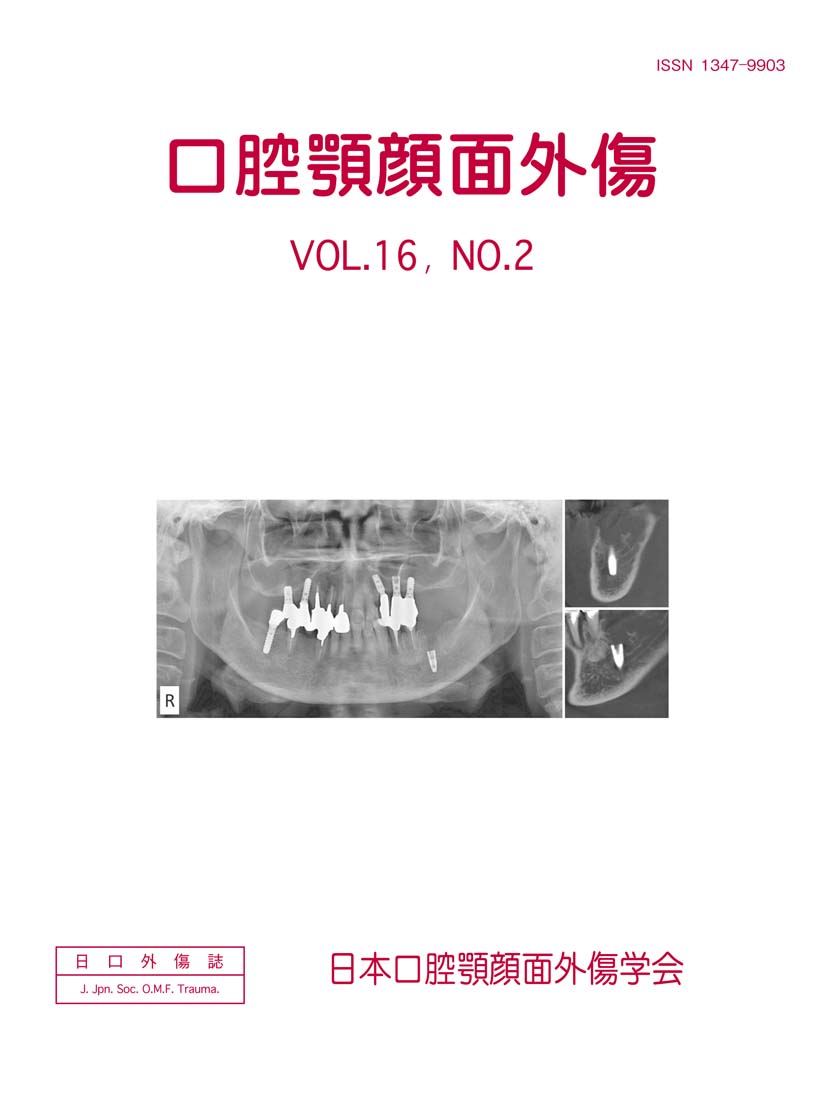Cases of nerve injury of the maxillofacial area are on the rise, many of which are inferior alveolar nerve injury and lingual nerve injury. These nerve injuries used to be treated conservatively. However, cases with severe damage require early diagnosis of the condition and nerve repair operation.
With this background, we have established a specialized outpatient department at Tokyo Dental College Oral and Maxillofacial Surgery, using a conventional sensory test and sensory nerve action potential(SNAP)for cases with inferior alveolar nerve injury and lingual nerve injury. Here, we report the application of SNAP for cases with inferior alveolar nerve and the lingual nerve damage.
A nerve-stimulating electrode(TUN209-012A Sasaki type, UNIQUE MEDICAL, Tokyo, Japan)and a recording electrode were used. The recording electrode was a coaxial needle electrode(NM-330T, NIHON KODEN, Tokyo, Japan). The SNAP derivation device was an electromyogram and evoked-potential testing device(MEB-9404 Neuropack S1, NIHON KODEN, Tokyo, Japan).
Conduction velocity, amplitude and waveform shape of SNAP were evaluated, and nerve injury was diagnosed. Case of conservative therapy was restored conduction velocity and amplitude at an early stage. Selected surgical therapy were SNAP could not be measured. In each of the cases, nerve function was recovered. We consider that SNAP can be used to perform an accurate diagnosis and appropriate treatment.
抄録全体を表示
